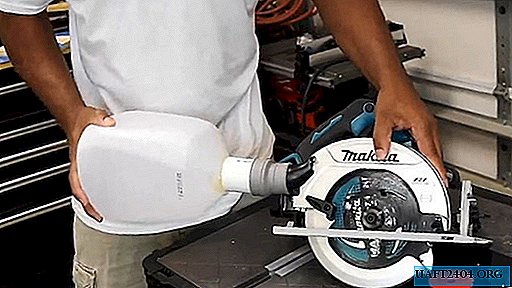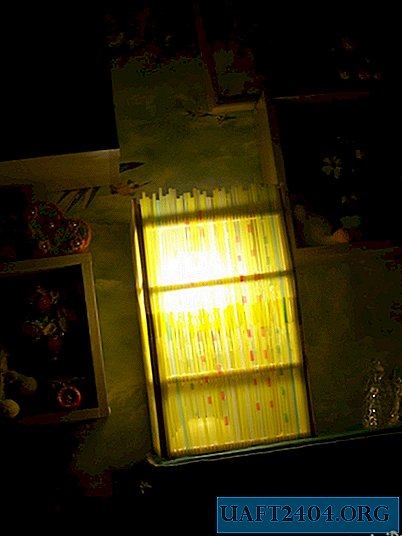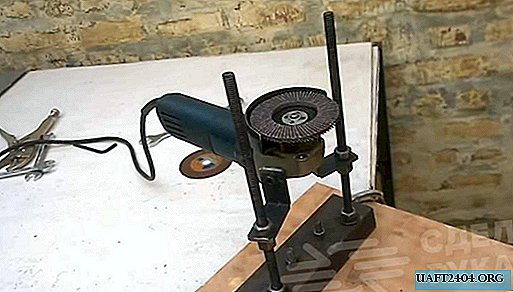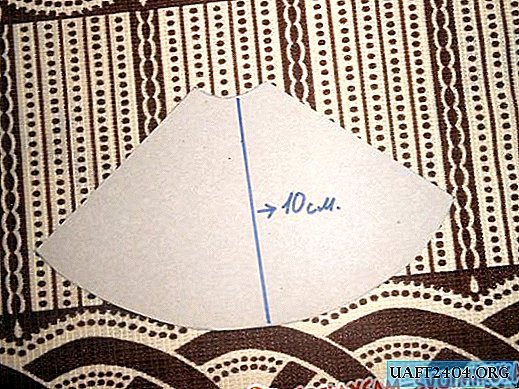Share
Pin
Tweet
Send
Share
Send

The considered circuit, although it is simple, however, it allows you to visually see the avalanche breakdown of the transistor, as well as the operation of the electrolytic capacitor. Including, by selecting the capacity, you can easily change the blinking frequency of the LED. You can also experiment with input voltage (in small ranges), which also affects the operation of the product.
Device and principle of operation
The flashing light consists of the following elements:
- source of power;
- resistance;
- capacitor;
- transistor;
- Light-emitting diode.
The circuit works according to a very simple principle. In the first phase of the cycle, the transistor is "closed", that is, it does not pass current from the power source. Accordingly, the LED does not light.
The capacitor is located in the circuit until the transistor is closed, therefore, it accumulates electrical energy. This happens until the voltage at its terminals reaches an indicator sufficient to ensure the so-called avalanche breakdown.
In the second phase of the cycle, the energy stored in the capacitor “breaks through” the transistor, and the current passes through the LED. It flashes for a short time, and then goes out again, as the transistor closes again.
Further, the flasher operates in a cyclic mode and all processes are repeated.

Necessary materials and radio components
To assemble a LED flasher with your own hands, powered by a 12 V power supply, you will need the following:
- soldering iron;
- rosin;
- solder;
- 1 kΩ resistor;
- 470-1000 uF capacitor at 16 V;
- KT315 transistor or its more modern analogue;
- classic LED;
- simple wire;
- 12 V power supply;
- matchbox (optional).

The last component acts as a case, although you can assemble a circuit without it. An alternative is to use a circuit board. The surface mount described below is recommended for beginner hams. This method of assembly allows you to quickly navigate the circuit and do everything right the first time.
Flasher assembly sequence
The manufacture of LED flashing lights for 12 V is carried out in the following sequence. First of all, all of the above components, materials and tools are prepared.
For convenience, it is better to immediately attach the LED and power wires to the case. Next, the resistor should be soldered to the + terminal.



The free “resistance leg” is connected to the emitter of the transistor. If the KT315 is positioned with the marking down, then this pin will be on the far right. Next, the emitter of the transistor is connected to the positive terminal of the capacitor. You can identify it by marking on the case - the “minus” is indicated by a light bar.
The next step is to connect the collector of the transistor to the positive terminal of the LED. The KT315 is a leg in the middle. The “plus” of the LED can be visually determined. Inside the element there are two electrodes of different sizes. The one that is smaller will be positive.


Now it remains only to solder the negative terminal of the LED to the corresponding conductor of the power source. The minus of the capacitor is connected to the same line.
The LED flasher on one transistor is ready. By feeding her food, you can see her work according to the above principle.
If there is a desire to reduce or increase the blinking frequency of the LED, then you can experiment with capacitors having different capacities. The principle is very simple - the larger the capacity of the element, the less often the LED will flash.



Quite often, even a correctly assembled circuit does not work correctly. If the LED just lights up (does not blink), or if it does not go out completely, just change the input voltage. On an adjustable power supply, this is done elementarily - by turning the handle in the right direction. If the power source is unregulated, then the corresponding additional resistance can be selected in the circuit.

Share
Pin
Tweet
Send
Share
Send











